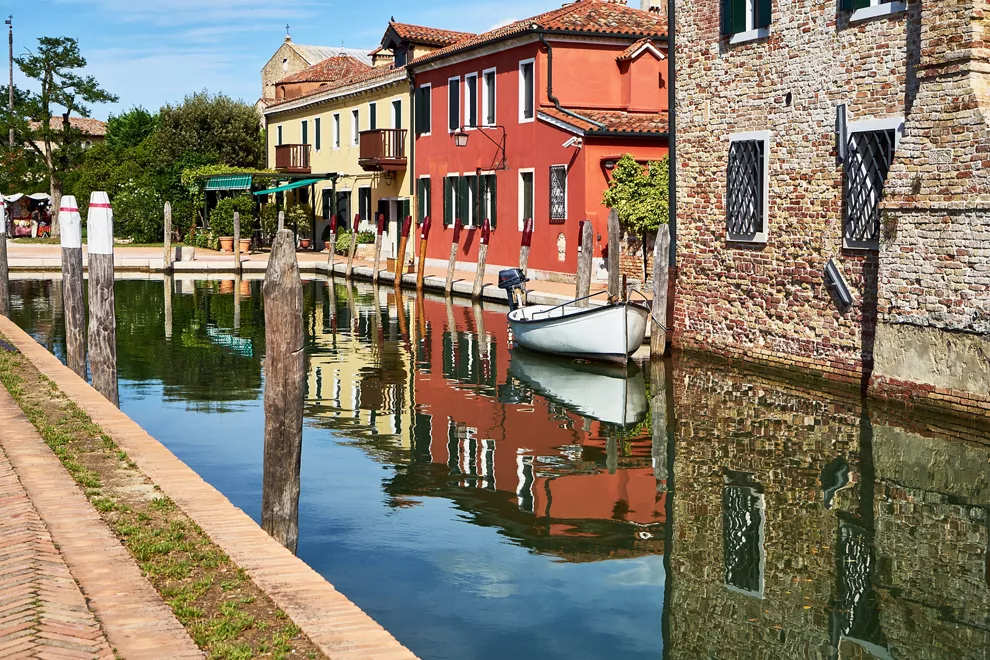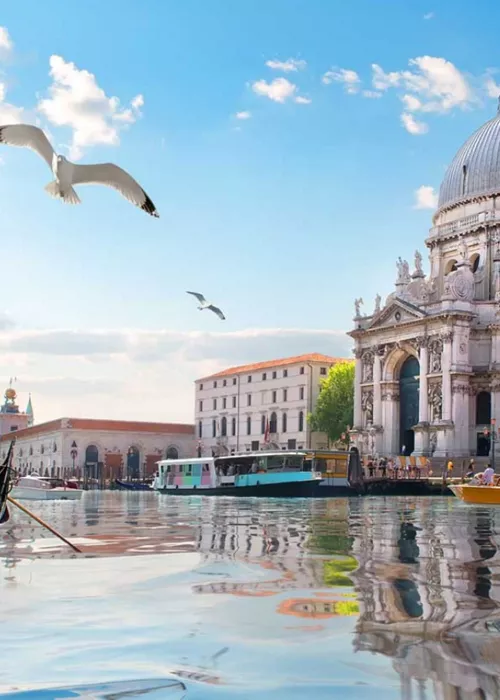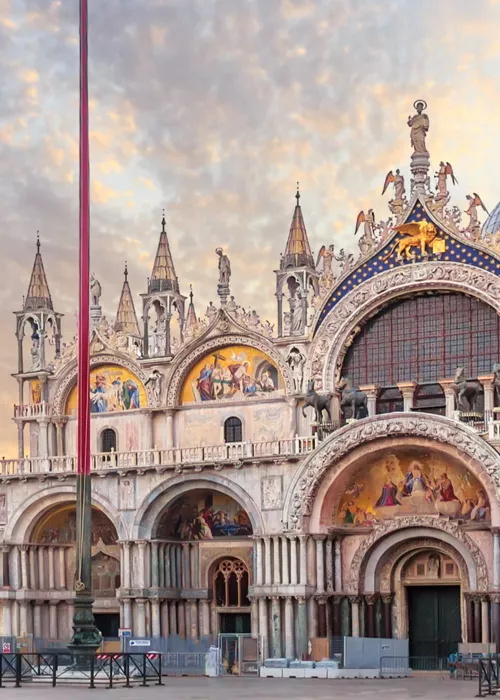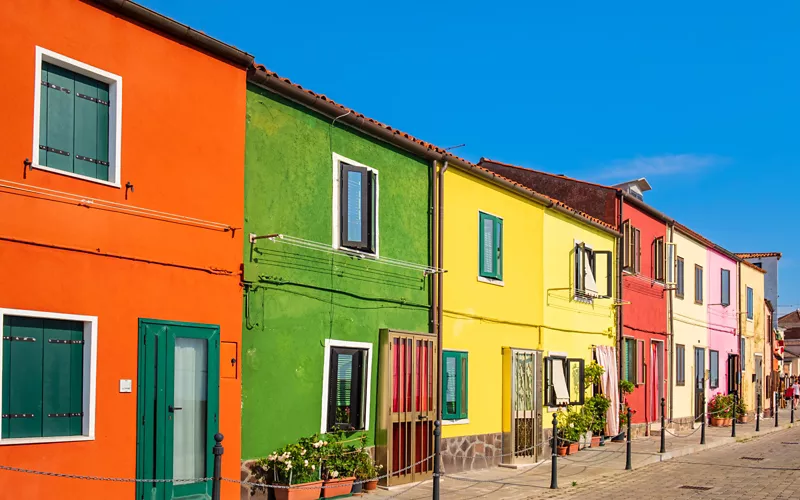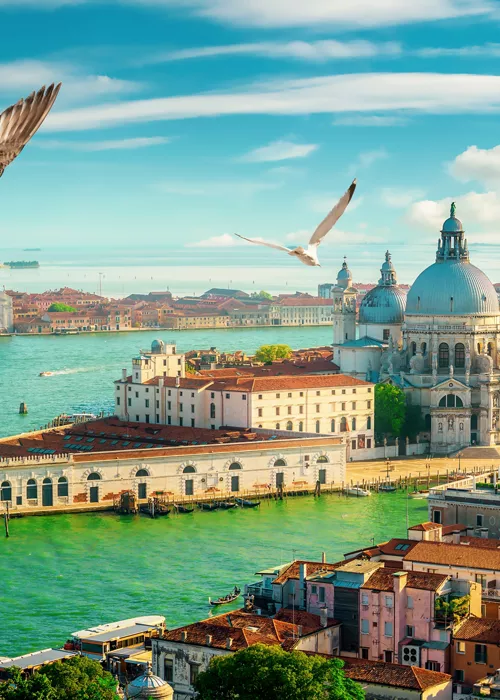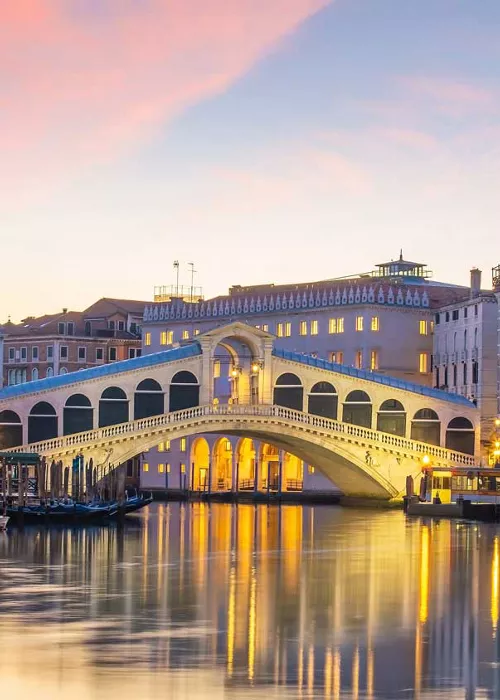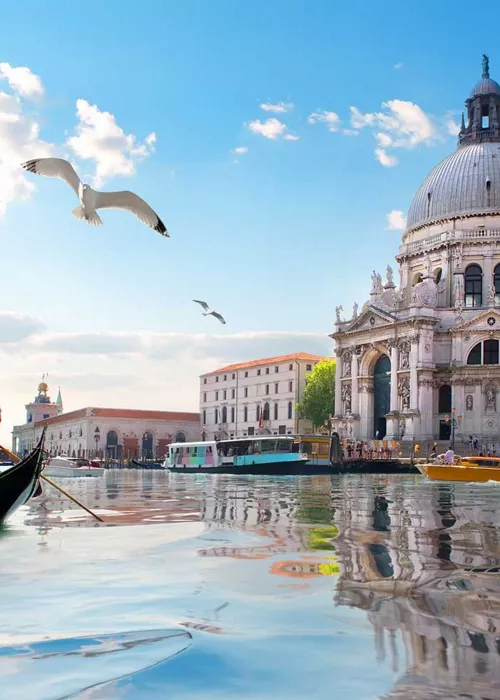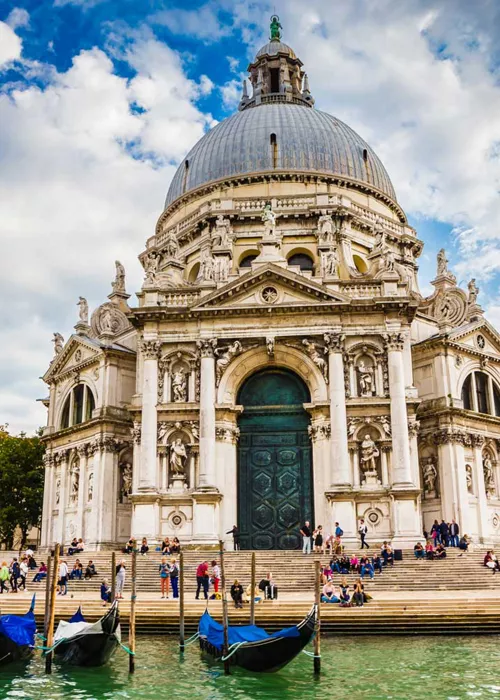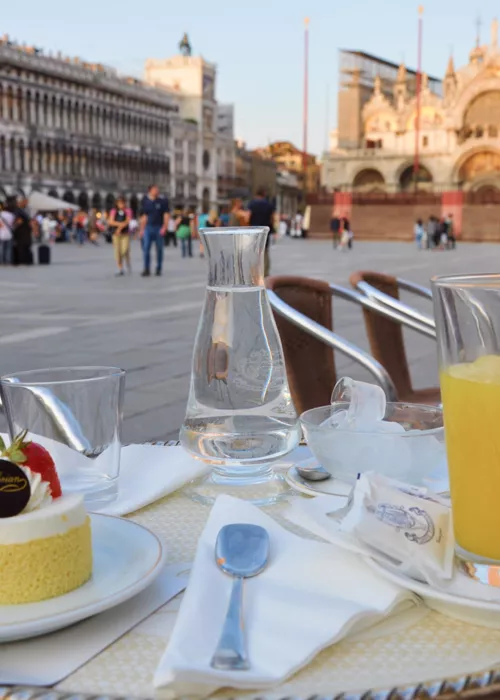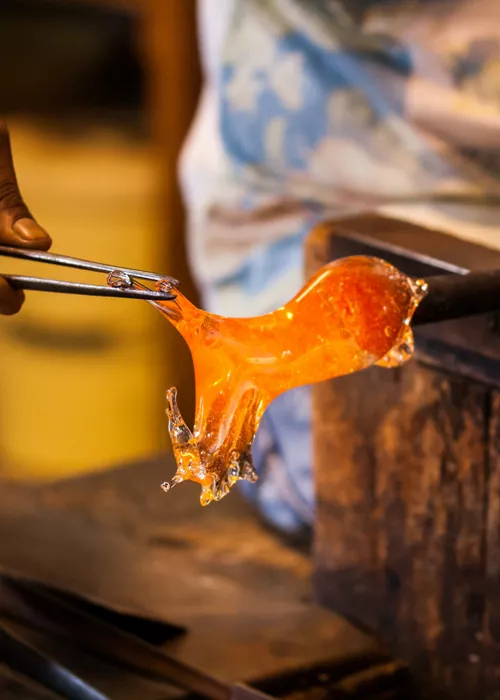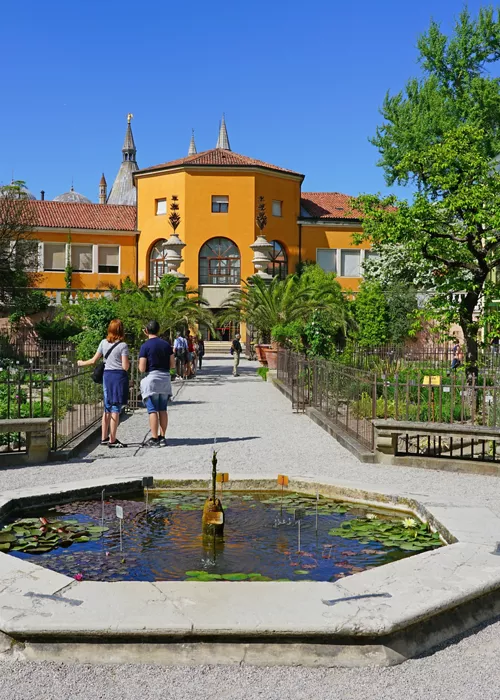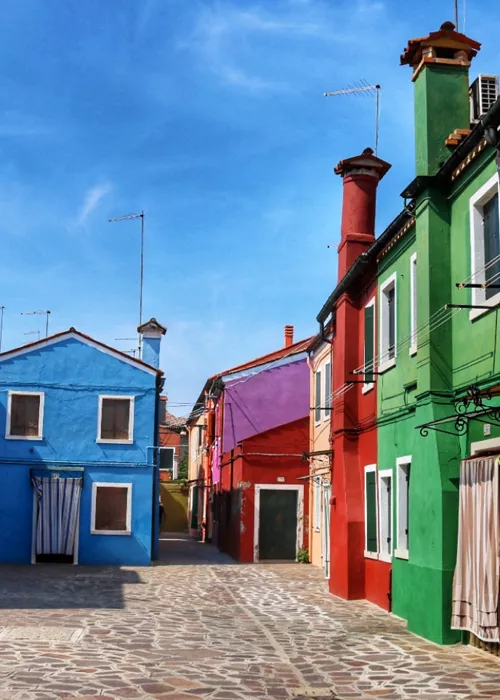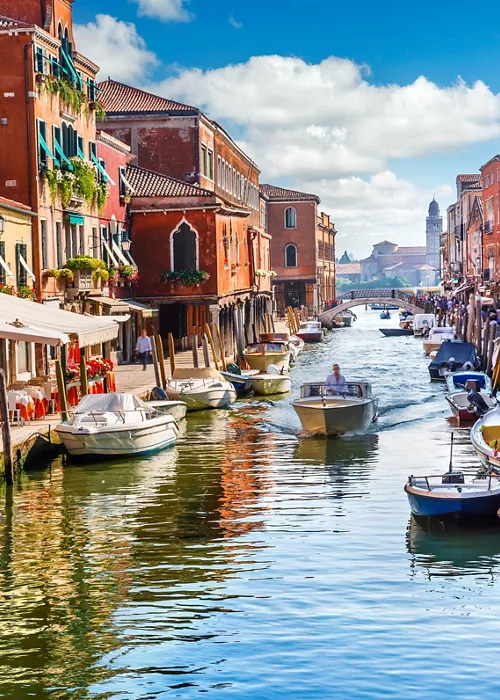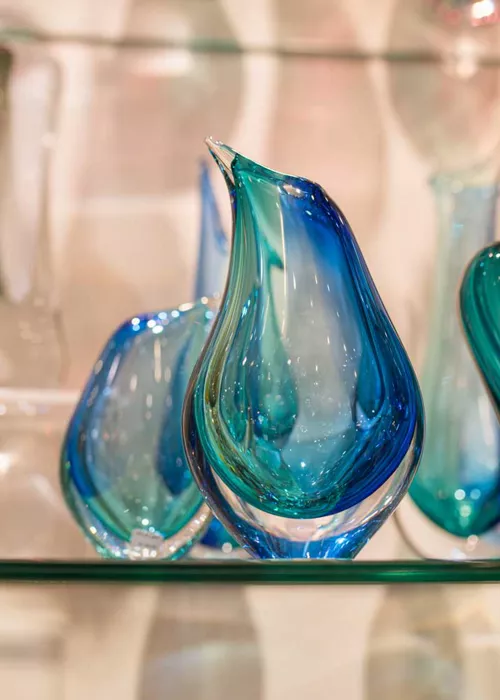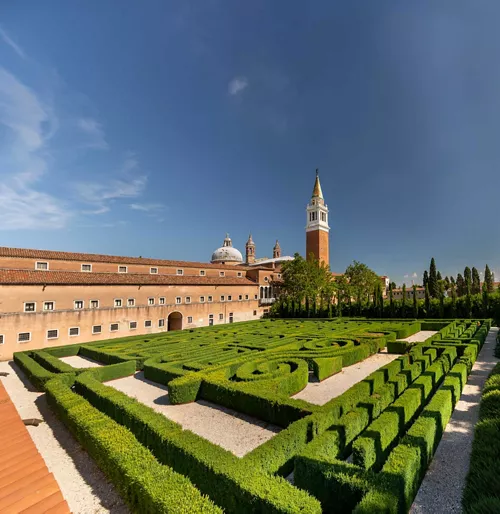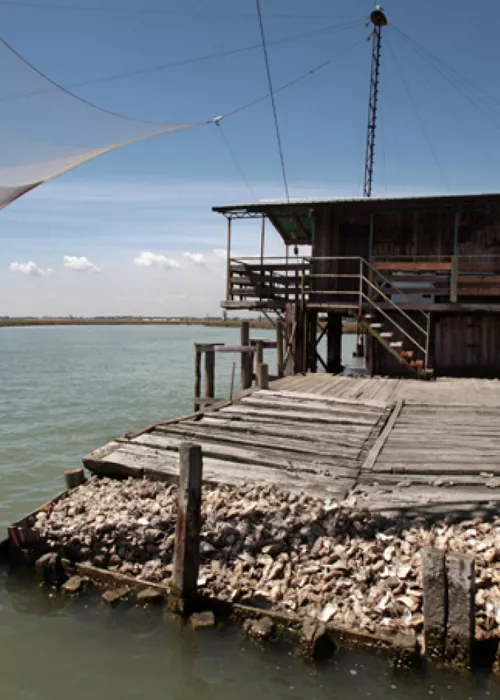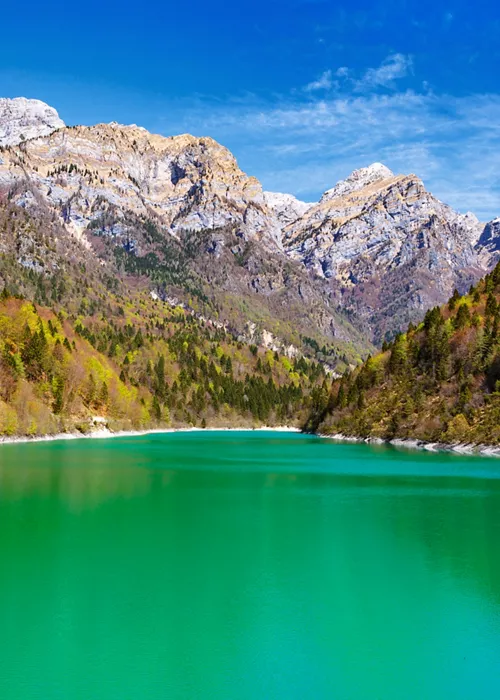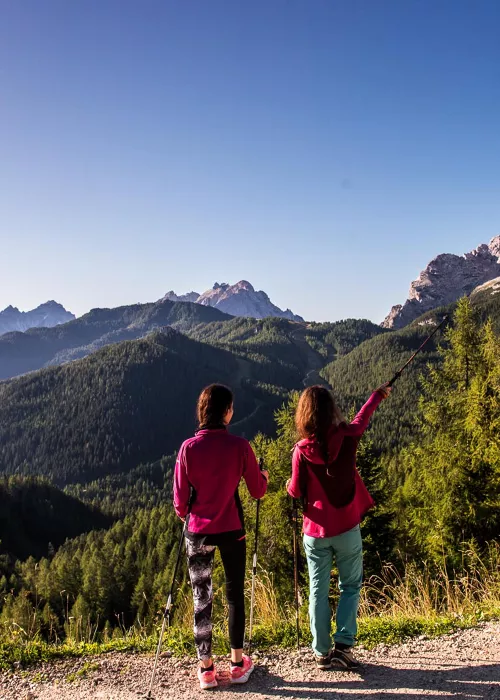The environs of Venice: nature, culture, traditions and fine food.
3 minutes
Index
You can visit them on foot or by bike, discovering small villages and evocative places still upholding ancient traditions. Well away from the crowds in St. Mark's Square, there is another, unusual Venice to be explored at a "slow" pace. From the lagoon islands, dominated by peace and quiet discovered by sailing aboard the bragozzi (the colourful lagoon fishing boats), to walks in the parks not far from the city itself.
Well away from the crowds in St. Mark's Square, there is another, unusual Venice to be explored at a "slow" pace. From the lagoon islands, dominated by peace and quiet discovered by sailing aboard the bragozzi (the colourful lagoon fishing boats), to walks in the parks not far from the city itself.
Torcello: the legendary home to the origins of Venice
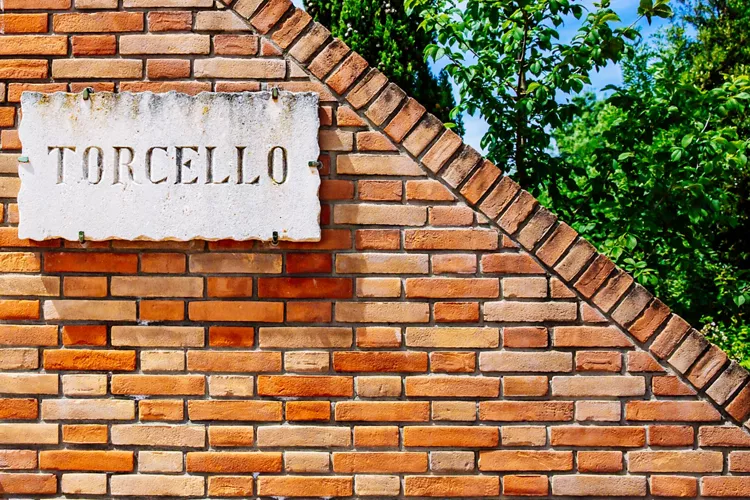
Torcello is the perfect destination for lovers of art and history. After arriving on this island, by now almost uninhabited and immersed in a surreal atmosphere, you come across the famous Devil's Bridge, one of the few still without parapets, and the subject of many intriguing legends. We then discover the Basilica of Santa Maria Assunta with its splendid mosaics of the XI-XII century Byzantine school, including one of the first depictions of the Last Judgement. The bell tower of the Basilica offers a priceless view over the lagoon. And don't miss a visit to the Church of St. Fosca. Torcello tells the story of the people who settled here about 1500 years ago, fleeing the barbarian invasions, and then turned the island into the political and religious centre of the lagoon before the foundation of Venice.
The island of San Lazzaro degli Armeni: a corner of Armenia in the Venice Lagoon.
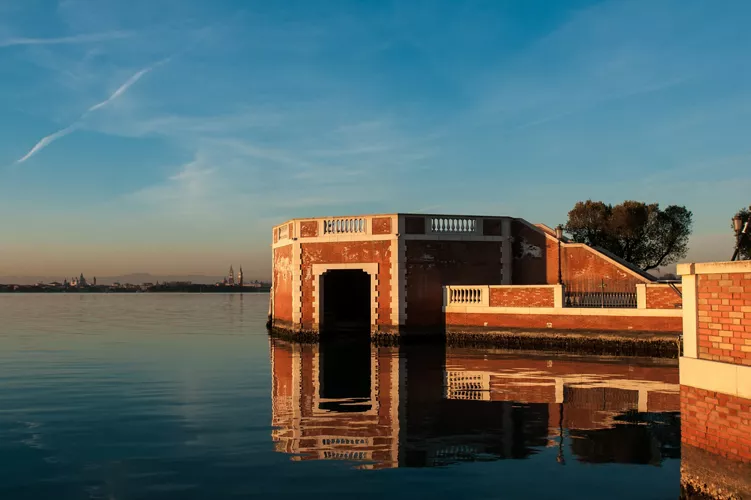
Occupied by the Monastery of the Armenian Monks of the Mekhitarist Order since 1717 and just 20 minutes by vaporetto from St. Mark's Square, the island is one of the world's leading centres of Armenian culture. The monastery is open to the public and preserves a scientific and literary heritage of inestimable value. The authentic "treasure" of the island is its library of ancient volumes and manuscripts. Inside the monastery, in addition to the late XVIII century printing house, there is a picture gallery with works by Armenian painters and a museum, where archaeological finds of various origins are collected, including the Egyptian mummy of Nemen Khet Amen.
Forte Marghera: A day of culture in the environs of Venice.
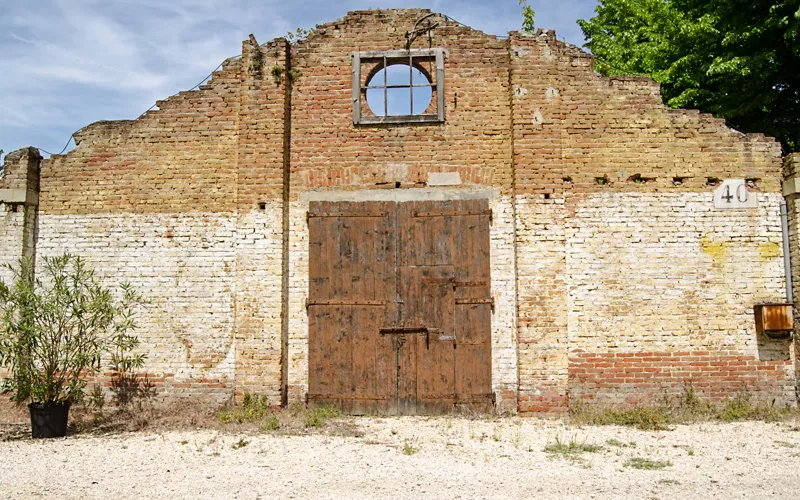
Forte Marghera was built to defend the lagoon city and today is a monument of great interest surrounded by a splendid public park. It is home to numerous art exhibitions and various cultural events. Here, we find the Forte Marghera Military History Museum, the Library of the Study Centre for the promotion of military architecture and defensive systems and interesting exhibitions by the Civic Museums and the Venice Biennial. In summer, the sunny spaces around the fort are home festivals and events, while the dock becomes a meeting point overlooking the lagoon for aperitifs and DJ sets.
The island of Sant'Erasmo: the horticultural garden of Venice for a trip in contact with nature.
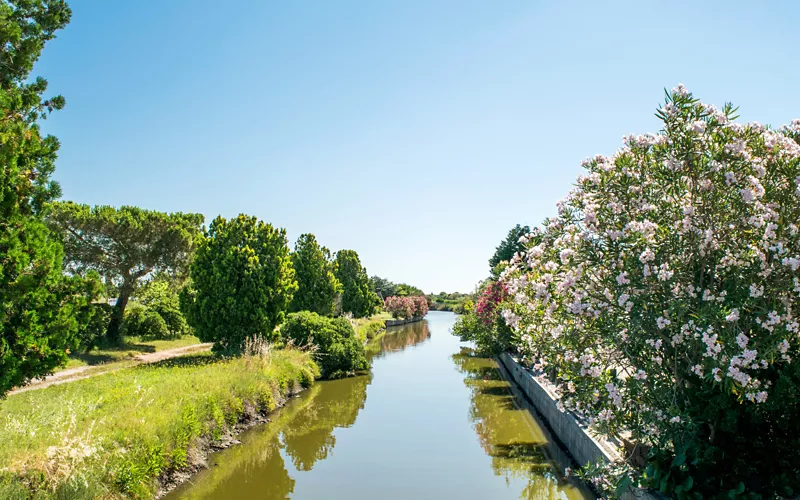
Known as the horticultural garden of Venice, Sant'Erasmo is also one of the largest islands in the lagoon. It is an ideal destination for a day of outdoor sports and excursions by bike or on foot. Its waters are ideal for kayaking among the sandbanks as far as the island of San Francesco del Deserto to admire the ancient hermitage, passing by way of the new Lazzaretto. Sant'Erasmo is renowned for its delicious violet artichokes and Dorona grapevines, while the island also produces a range of fruit and vegetables: it is well worth taking a seat to taste delicious typical dishes accompanied by local wine. Don't miss the Massimiliana Tower, home to art exhibitions and events, and the Church dedicated to Christ the King with a painting by Tintoretto: the Martyrdom of St. Erasmus.
The village of Malamocco: a miniature Venice.
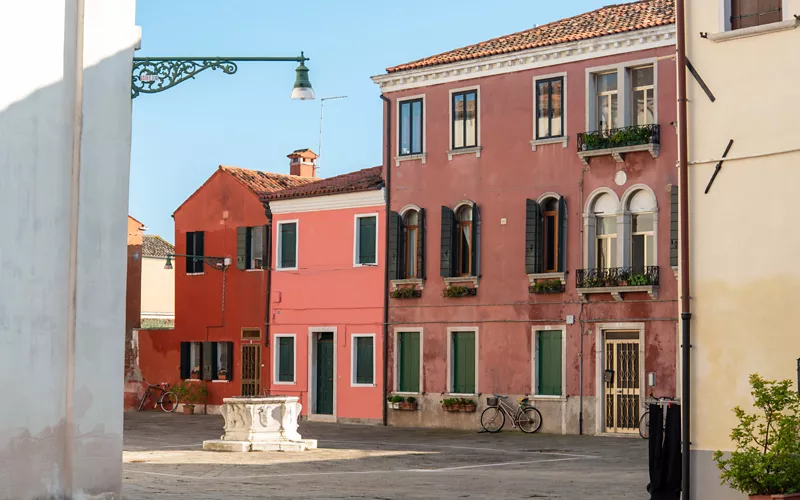
The ancient village of Malamocco is a true, characteristic and picturesque jewel for a trip outside Venice itself. With its low houses, narrow streets and canals, it is Venice in miniature and an ideal destination for people keen to explore the Serene Republic off the beaten track. Artist Hugo Pratt had his studio in Malamocco, where many of his Corto Maltese stories - one of the most famous characters in Italian and international comics - were conceived and created. A visit is recommended to Palazzo del Podestà or Pretorio, in the Venetian Gothic style and now a permanent exhibition centre for archaeological finds, as well as the Church of Santa Maria Assunta, once an ancient bishop's seat dating back to XII century.

